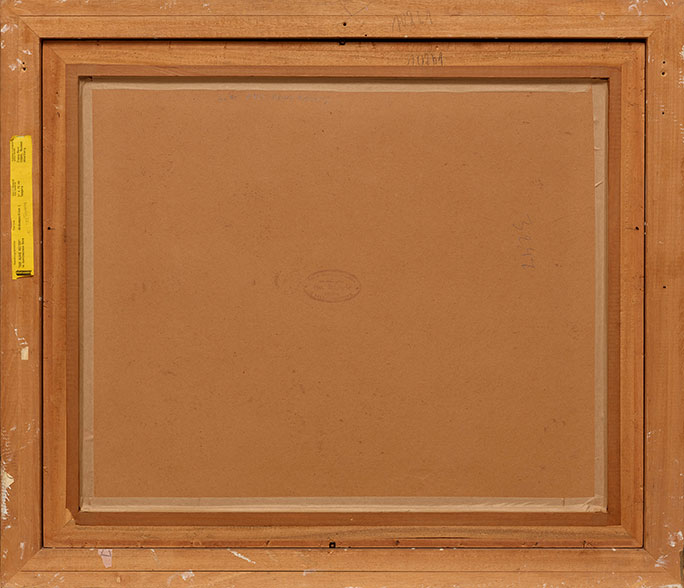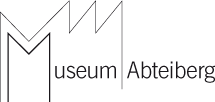
The origin of works in the Museum Abteiberg collection
Museum Abteiberg has a comparatively small collection of classical modernist art, the majority of its exhibits having been acquired in the late 1950s and 1960s. These acquisitions were made not least against the background of the loss of the Kaesbach Collection, a first-rate group of Expressionist works that Walter Kaesbach had donated to the City of Mönchengladbach in the 1920s (1922 and 1928). The Kaesbach Collection was confiscated as part of a Nazi-era campaign to rid the culture of “degenerate art”; most of it, with the exception of a few pieces, was never recovered by the museum.
The end of the Second World War saw the museum attempt to replace these losses to some extent using the resources and options available at the time. Documentation surrounding the origin of artworks and types of acquisitions from the period was incomplete in many cases; although a review of external sources and museum archive documents did allow it to be reconstructed for some pieces, it did not shed light on all.
Researching the provenances of acquisitions made between the 1950s and the 1980s
Precisely these unresolved cases became the subject of a systematic investigation conducted between 2016 and 2018. Funded by the German Lost Art Foundation, the study aimed to rule out the possibility that the collection of Museum Abteiberg contains unlawful acquisitions. In line with the “Washington Principles on Nazi-Confiscated Art” (1998), the investigation sought to identify those artworks in the Museum Abteiberg collection that may have been looted by Nazis and had yet to be restituted, so they can be publicized and the pieces themselves restituted to their pre-War owners or their heirs. Headed by Dr. Vanessa Voigt, the study examined a total of 59 artworks (paintings, sculptures, works on paper) in the municipal art collection. The summary of the research results for each work can be viewed via the artist list below.
Since October 2022, the results are being presented to the public in a variety of formats at the museum. In cooperation with the Museum Abteiberg, students of the study program “Art Education and Cultural Management” of the Heinrich Heine University Düsseldorf developed methods in the winter semester 2022/23 lunder the direction of Filomena Lopedoto in a “study room provenance research” set up in the middle of the permanent exhibition, with which the results of provenance research can be communicated in order to clearly convey the procedure of a provenance search. The results will be shown until January 7, 2024.
The motivation for setting up the “Provenance Research Study Room” was the anniversary of Walter Kaesbach’s foundation: on December 9, 1922, the Moenchengladbach native donated 97 Expressionist artworks to his hometown.
Ernst Barlach
Wladimir G. Bechtejew
Max Burchartz
Heinrich Campendonk
Theo Champion
Ilja G. Chaschnik
Sonja Delaunay Terk
Otto Dix
Werner Gilles
Erich Heckel
Alexej von Jawlensky
Paul Joostens
Wasily Kamensky
Edmund Kesting
Ernst Ludwig Kirchner
Boris Kleint
Käthe Kollwitz
Wilhelm Lehmbruck
August Macke
Helmuth Macke
Marie von Malachowski-Nauen
Kasimir Malewitsch
Paul Mansouroff
Franz Marc
Ewald Mataré
Robert Michel
Otto Mueller
Heinrich Nauen
Walter Ophey
Ljubow S. Popowa
Christian Rohlfs
Olga W. Rosanowa
Warwara F. Stepanowa
Nikolaj M. Suetin
Unbekannte:r russische:r Künstler:in
PROGRAM
9. – 11. December
100 YEARS WALTER KAESBACH DONATION

Fig.: Franz Marc, reverse side of Vier badende Frauen am Strand (Four women bathing at the beach), 1909, gouache on paper, mounted on cardboard, 58 x 71 cm, acquired in 1965 with funds from the Federal State of North Rhine-Westphalia, Museum Abteiberg Mönchengladbach, photo: Achim Kukulies, Düsseldorf

